Food photography is a popular and increasingly important subject for both amateur and professional photographers. With the rise of food blogging, food photography became a key component of the food industry. Food photography also is an important area of focus for many amateur foodies who want to share their creations with the world.
Whether you are looking to take stunning photos for your blog, social media, or just for fun, there are a few basics that are essential for creating beautiful and delicious images. In this blog post, we will cover the basics of food photography and provide tips and tricks for taking great food photos.
Table of Contents
Introduction
Food photography is an art form that requires a great deal of skill and creativity. It involves not only taking beautiful pictures of food, but also styling the food in an attractive way so that it looks appetizing. In addition to the technical aspects of food photography such as lighting and composition, styling plays a major role in creating stunning images. With the right equipment and techniques, anyone can take amazing food photographs that look delicious.
In recent years, food photography has become increasingly popular due to the rise of social media and food blogging. According to the US Department of Agriculture, nearly half of all Americans post pictures of food on social media, while over 40% of Americans have created a blog or website dedicated to sharing recipes and photos of their favorite dishes. As a result, food photography has become an important part of the culinary world, with more people than ever looking to create stunning images that showcase their cooking skills.
Basics of Food Photography
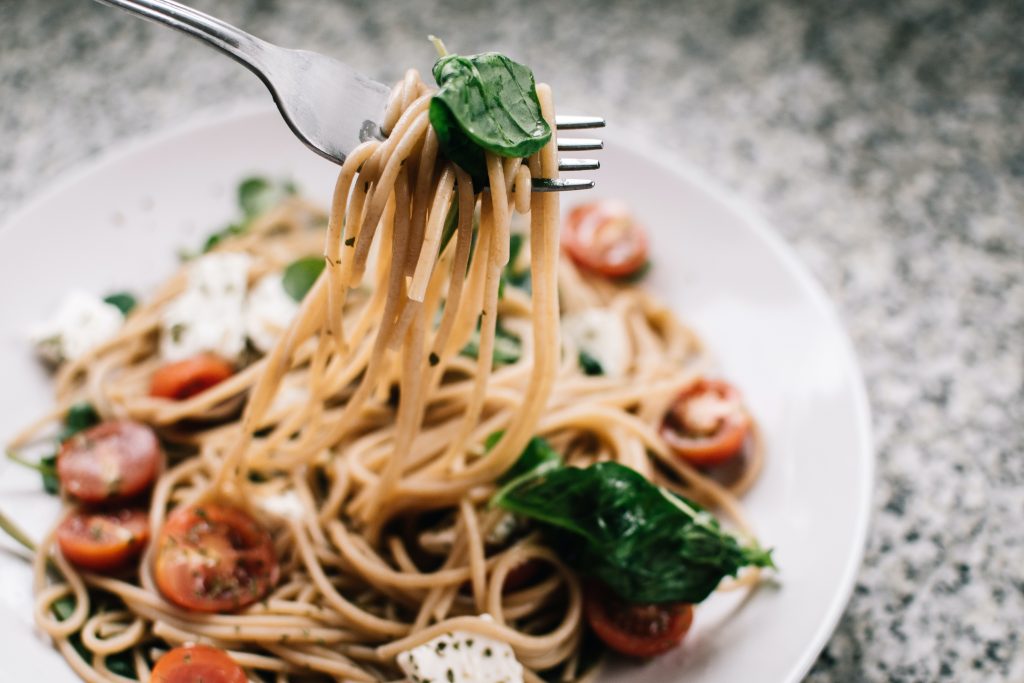
When it comes to taking great food photos, there are three key elements that need to be considered: lighting, composition, and styling.
Lighting
Lighting is one of the most important aspects of food photography, as it can make or break an image. Natural light is often the best choice for most types of food photography, as it produces soft and flattering light. This makes any dish look appetizing. However, if natural light isn’t available, there are plenty of artificial lighting options. Examples of which are studio lights and LED panels.These artificial light sources are essential for lighting setups that produce beautiful images. Learn more about lighting in photography in our previously published article.
Composition
Composition is also an important factor in creating stunning food photography. By using leading lines, negative space, and other compositional techniques, you can create visually appealing images that draw the viewer’s eye to the subject matter. We also published an article that talks about composition and different compositional techniques. Feel free to check it out!
Styling
Additionally, styling plays a major role in creating appetizing images. Props such as plates, bowls, and utensils can help add an extra layer to your images and make them look more professional. Backgrounds such as wood surfaces or fabric can also be used to create interesting textures and patterns in your photos.
Gear and Equipment for Food Photography
When it comes to gear and equipment for food photography, there are a few key pieces that every photographer should have in their arsenal. Cameras are the most important piece of equipment for any photographer, and there are plenty of options available at different price points.
Cameras
Digital SLR cameras such as the Canon EOS Rebel series offer excellent image quality for a reasonable price. Mirrorless cameras like the Sony Alpha series are also becoming increasingly popular due to their superior image quality and compact size.
Canon EOS Rebel T7i

This is a mid-range DSLR camera that is suitable for photographers of all skill levels. It features a 24.1 megapixel APS-C CMOS sensor, a 45-point all cross-type autofocus system, and can shoot at up to 6 frames per second. It also has built-in Wi-Fi and NFC connectivity for transferring images and video to your smartphone or tablet.
Canon EOS Rebel SL3
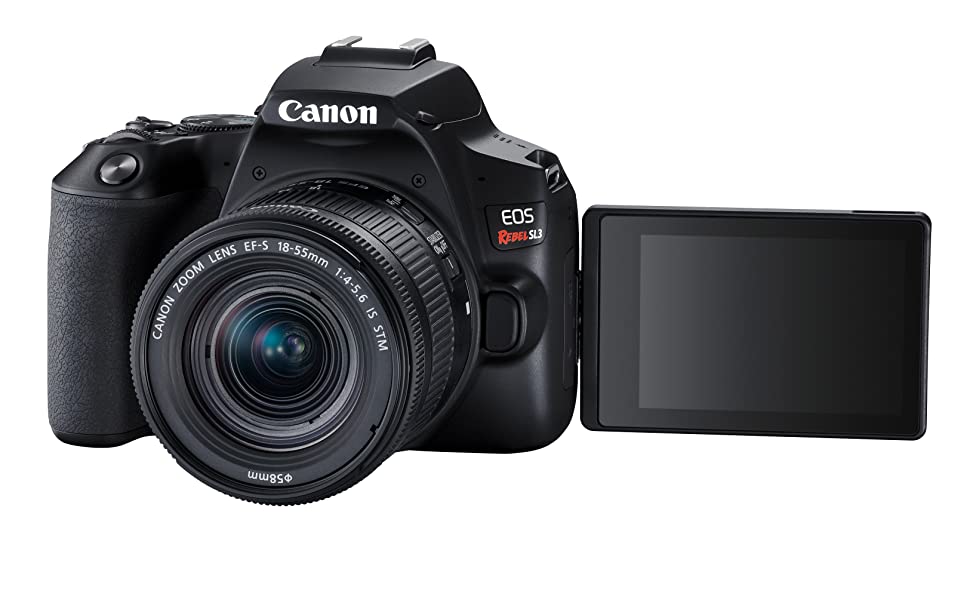
This is a compact and lightweight DSLR camera that is perfect for travelers or photographers who want a portable camera. It features a 24.1 megapixel APS-C CMOS sensor, a 9-point autofocus system, and can shoot at up to 5 frames per second. It also has built-in Wi-Fi and Bluetooth connectivity for transferring images and video to your smartphone or tablet.
Canon EOS Rebel T8i
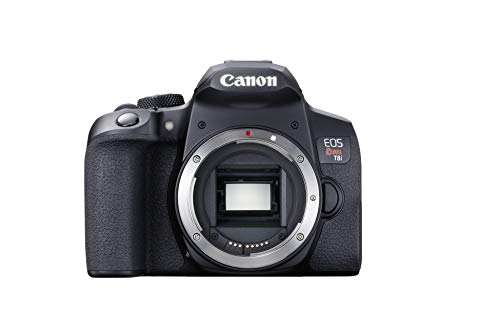
This is a high-end DSLR camera that is suitable for advanced photographers. It features a 24.1 megapixel APS-C CMOS sensor, a 45-point all cross-type autofocus system, and can shoot at up to 7 frames per second. It also has 4K video recording capabilities, built-in Wi-Fi and NFC connectivity, and a fully articulating touchscreen LCD.
Sony Alpha A7 III
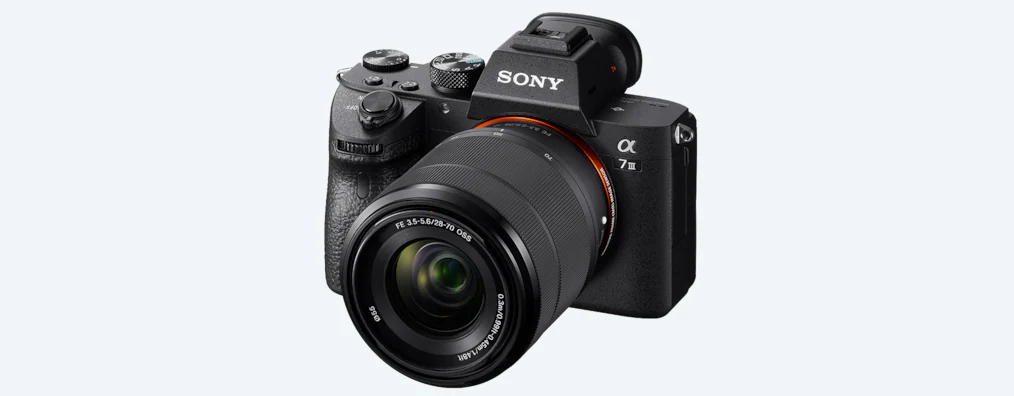
This is a mid-range full-frame mirrorless camera that is suitable for photographers of all skill levels. It features a 24.2 megapixel full-frame CMOS sensor, a 693-point autofocus system, and can shoot at up to 10 frames per second. It also has 4K video recording capabilities, built-in Wi-Fi and NFC connectivity, and a fully articulating touchscreen LCD.
Sony Alpha A9 II
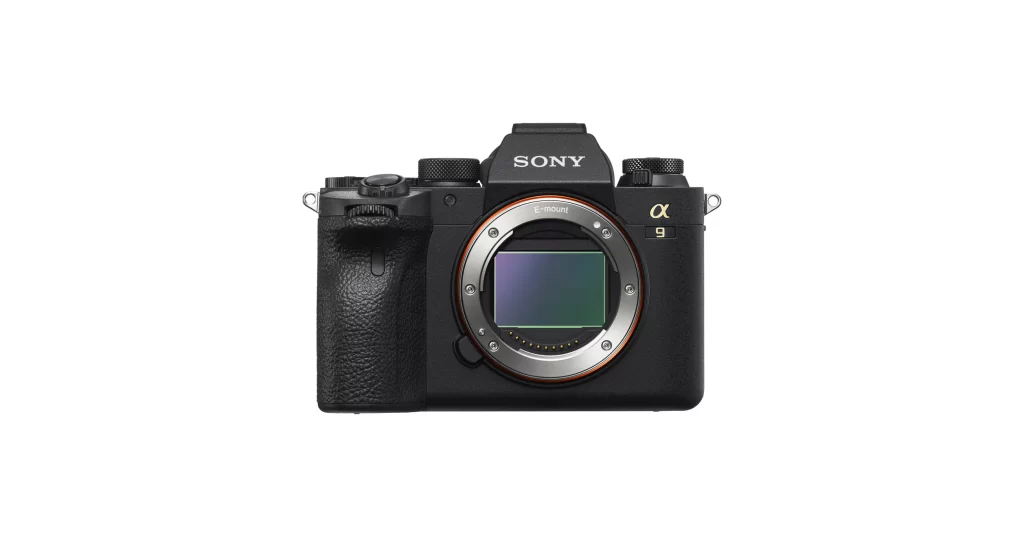
This is a high-end full-frame mirrorless camera that is suitable for advanced photographers. It features a 24.2 megapixel full-frame CMOS sensor, a 693-point autofocus system, and can shoot at up to 20 frames per second. It also has 4K video recording capabilities, built-in Wi-Fi and NFC connectivity, and a fully articulating touchscreen LCD.
Lenses

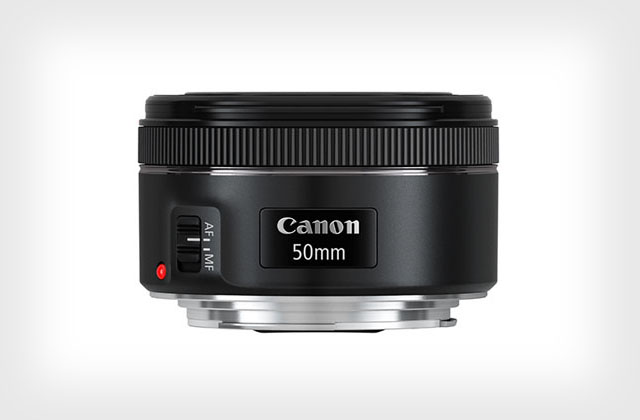
In addition to cameras, lenses are also essential for food photography. Prime lenses such as the Canon EF 50mm f/1.8 offer excellent image quality at a relatively low price point, making them great choices for beginners. Zoom lenses such as the Canon EF-S 18-55mm f/3.5-5.6 are also popular choices due to their versatility and affordability.
Other types of equipment that can be useful for food photography include tripods, light boxes, reflectors, and other accessories.
Tips and Techniques for Taking Great Food Photos
Once you have the right equipment in place, it’s time to start shooting! When taking pictures of food, it’s important to think about angles and perspectives in order to capture unique shots. Also apply various lighting setups to fully highlight the food’s delicious details. Add finishing touches to your photos with creative editing and post-processing techniques.
Lighting Setups
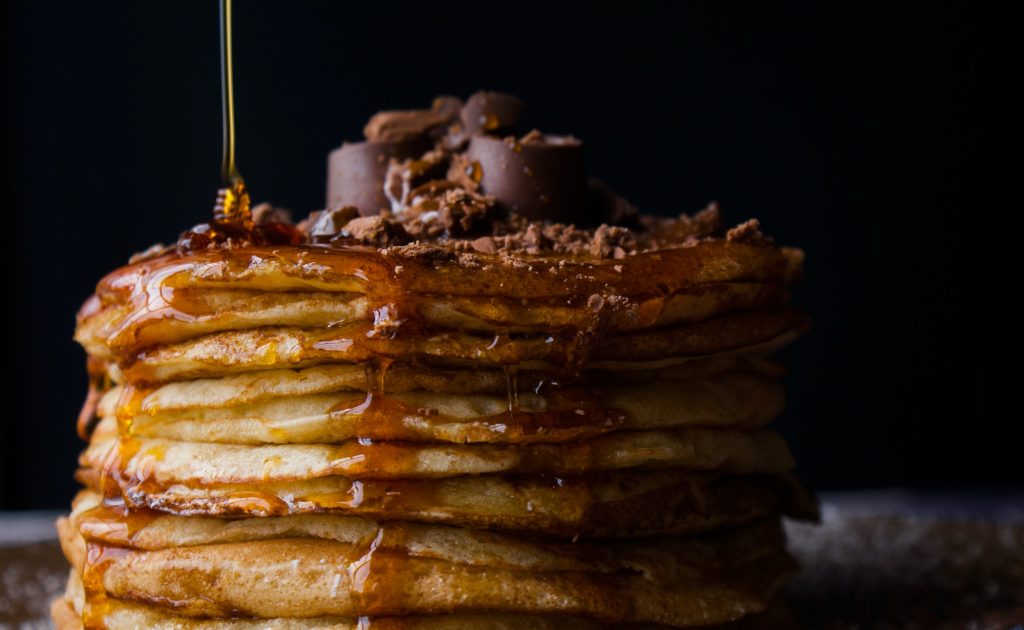
For a quick rundown of essential lighting setups, here are the main orientations for each. Side lighting uses one light source directly at the side of the subject. Front lighting uses a light source similar to the orientation of the camera. Lastly, backlighting places the light source behind the subject. Feel free to check our article about lighting setups to know more.
Composition Techniques
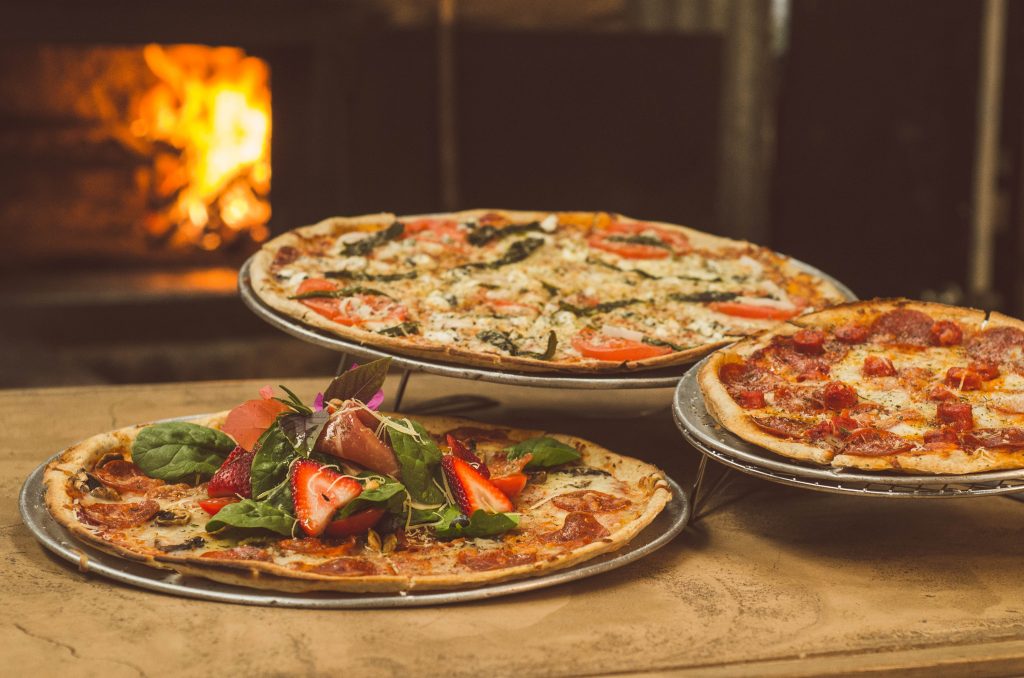
Try shooting from different heights or angles to add interest to your photos. Additionally, different focal lengths can be used to create interesting compositions. A wide-angle lens can make small dishes look bigger while a telephoto lens can help you capture close-up details such as texture or plating styles. May our previous article about composition in photography guide you more on this!
Visualization and Planning
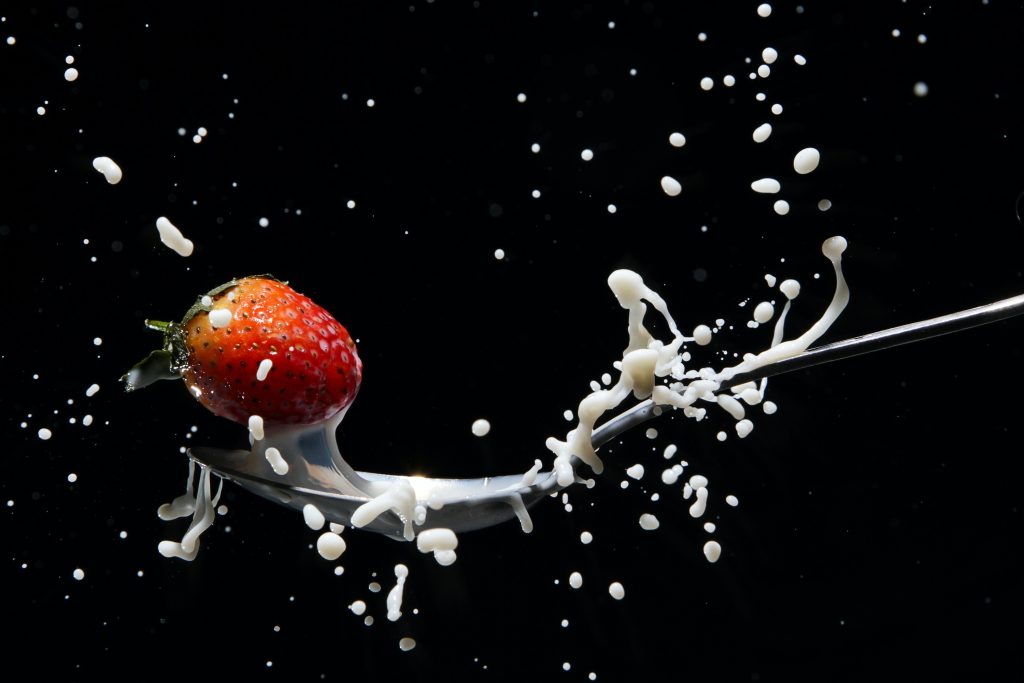
Another important factor in taking great food photos is pre-visualization and planning. Before you start shooting, it’s important to plan out your shots. Taking time to plan out your shots helps ensure that your photos look professional and appetizing.
This includes research about the food you’re photographing. Once you learn more about it, bring forward its interesting and unique characteristics or ingredients. Also think about the setup for your photos. Will you use natural light or artificial lighting setups? What elements will you include for composition? Apply the various photography fundamentals and techniques and you’ll surely capture the deliciousness!
Editing and Post-processing
Finally, post-processing is an essential part of any food photographer’s workflow. Software such as Adobe Photoshop and Lightroom can be used to enhance and retouch your photos in order to make them look their best. From color correction and sharpening to dodging and burning, post-processing can help take your photos from good to great! We have a blog post talking about the art of editing photos. Check it out and apply some creative techniques you find there!
Food Photography Trends
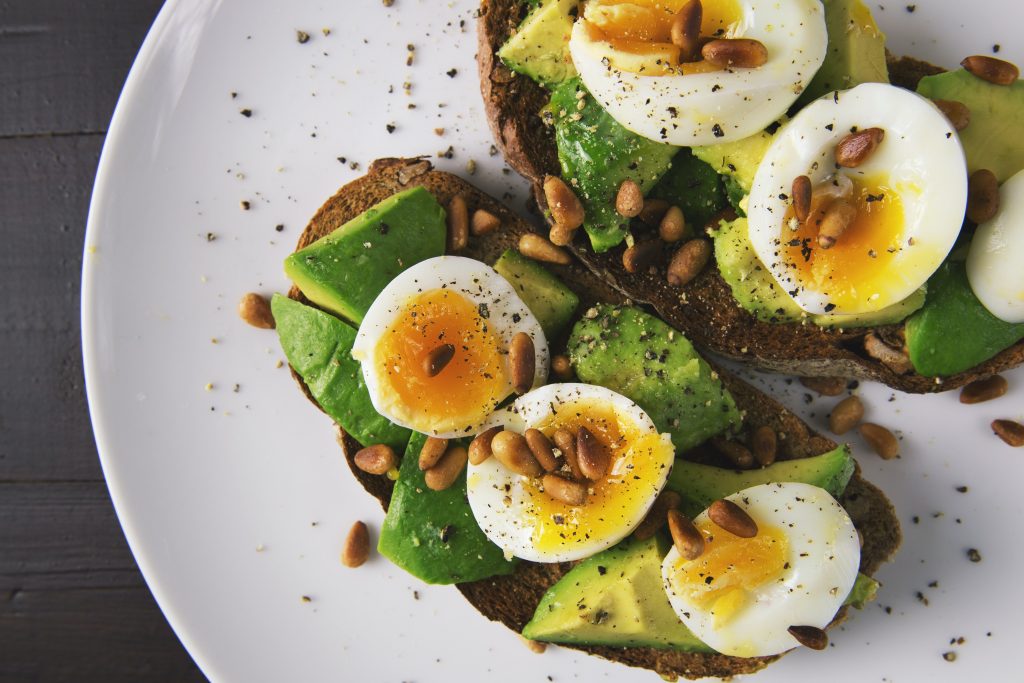
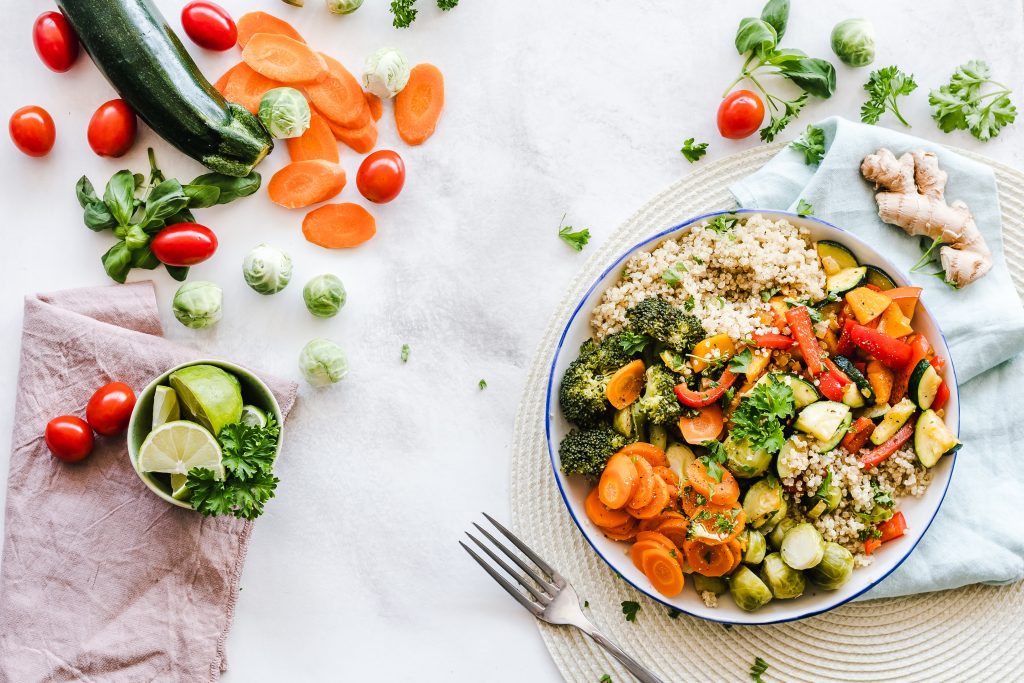
Food photography has come a long way over the years, and it continues to evolve as new trends emerge. The following are a few current trends in the field of food photography.
Minimalism
Minimalist food photography is characterized by simple compositions with a focus on the food itself. This trend often involves using negative space and minimal props, and is popular among photographers who want to emphasize the beauty of the food.
Lifestyle Photography
This trend involves incorporating the food into a larger scene or setting, and is often used to convey a particular atmosphere or mood. This could include shooting food in a home kitchen, at a restaurant, or in a natural setting.
Flat Lays
Flat lay photography involves shooting food from above, often with a wide-angle lens. This trend is popular among photographers who want to showcase the ingredients or the process of preparing a dish.
Food and Travel
Food and travel photography combines the two popular subjects of food and travel, and is often used to showcase the culinary culture of a particular location. This trend often involves shooting food in an exotic location or at a local market.
Social Media
Social media platforms such as Instagram have played a major role in the rise of food photography. Many photographers use these platforms to showcase their work and reach a wider audience.
Conclusion
Food photography is an art form that requires skill and creativity in order to create stunning images. With the right equipment and techniques, anyone can take amazing photos that look delicious! From lighting and composition to styling and post-processing, there are plenty of tips and tricks that can help you take great food photos each time you press the shutter button.
Overall, the current trends in food photography are diverse and reflect the wide range of approaches that photographers are using to capture stunning images of food. Whether you prefer minimalist compositions or more complex settings, there is a trend for every taste and style in food photography.
With practice and patience anyone can become a master food photographer!
Afterword
We hope that you find this article helpful. Thank you for reading and you’re always free to leave a comment. If you find this article interesting, consider checking out one of our recently published posts. A few of them showcase AI Art Generators in extreme detail. On the other hand, if you’re looking towards Photography, we also offer great articles for your inspiration. We also have multiple articles that talk about the various printing mediums for wall art. May you find these articles entertaining!
Find them here:
The 5 Best AI Art Generators
Why Choose Metal Prints using Chromaluxe?
Guide to Product Photography
Guide to Toy Photography
The Art of Editing Photos
Best Outdoor Print and Signage Options
Best Wood Printing Companies in 2022
We enjoy reading your comments and insights with our posts! Should you have any questions or concerns, feel free to leave them below! -Mark

